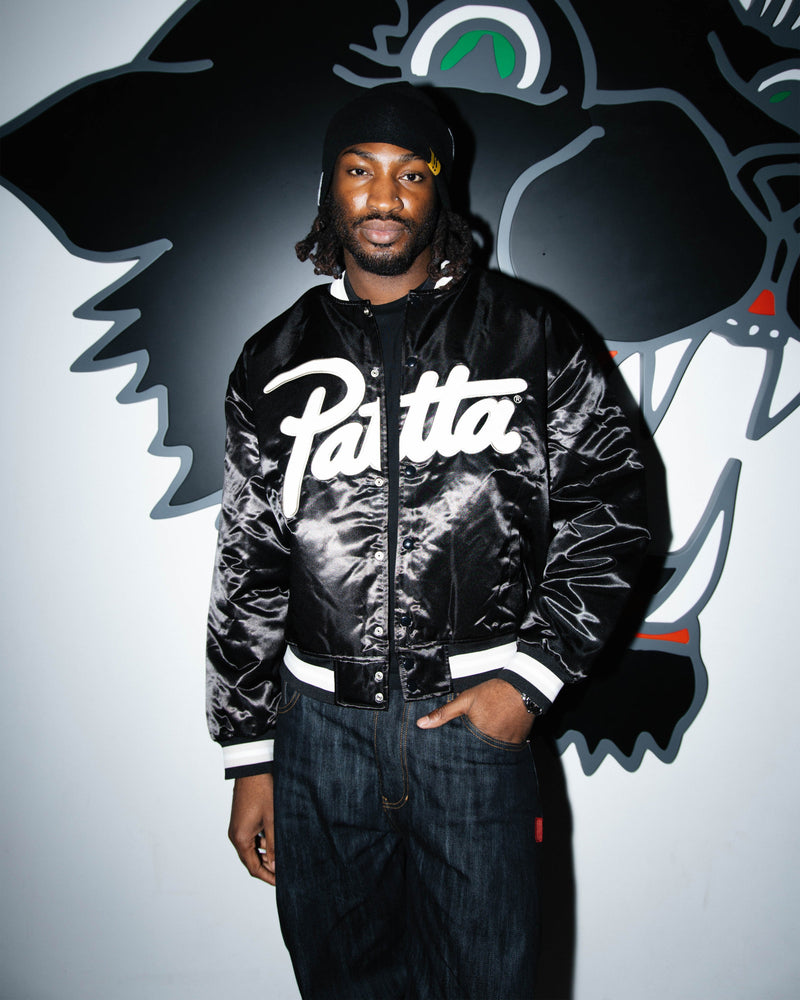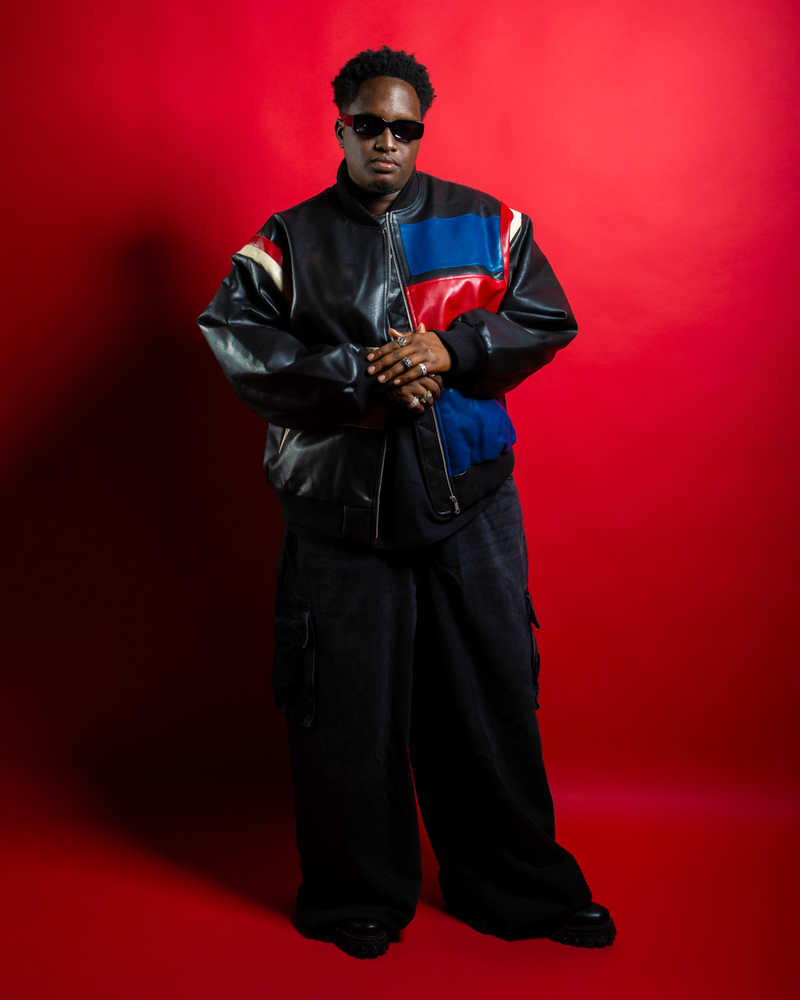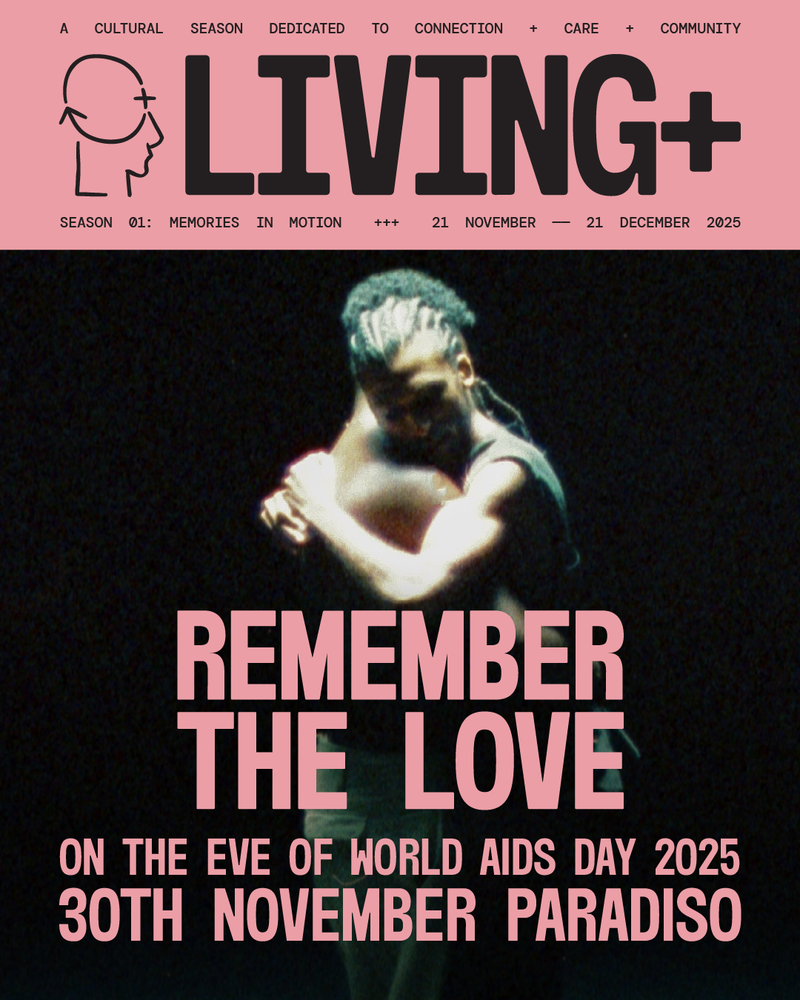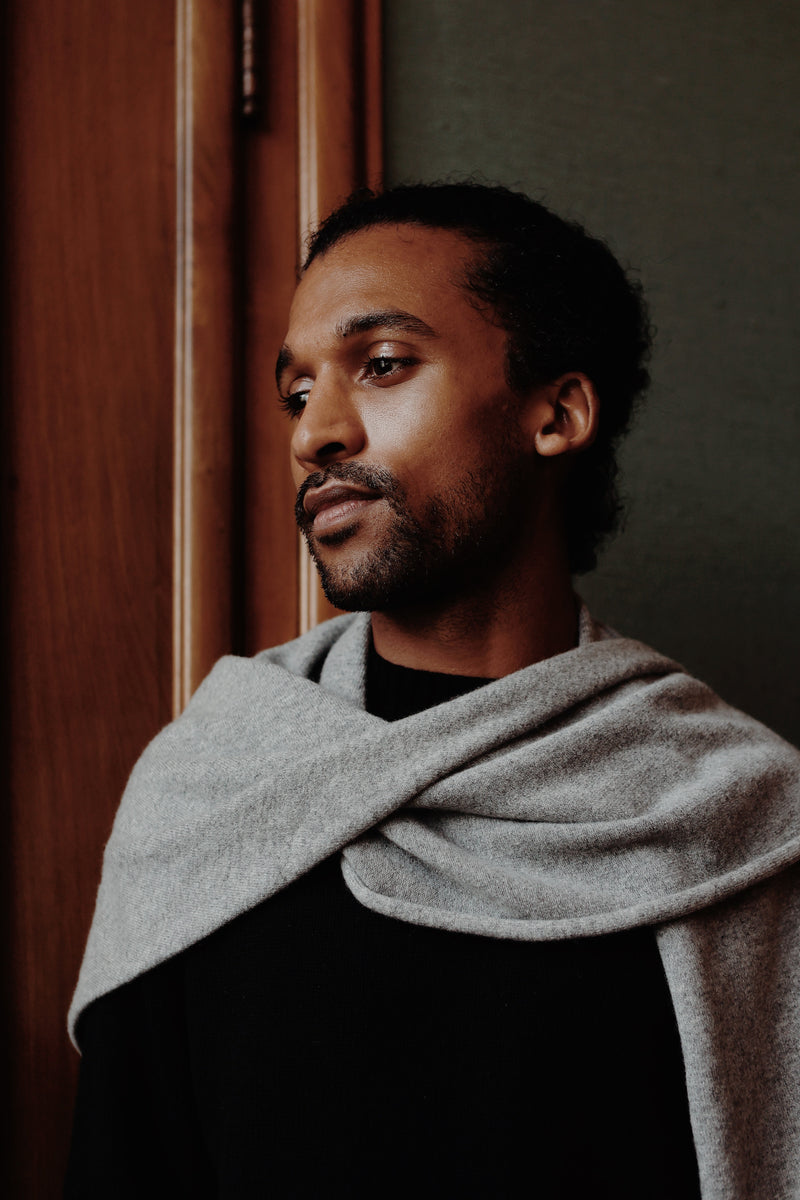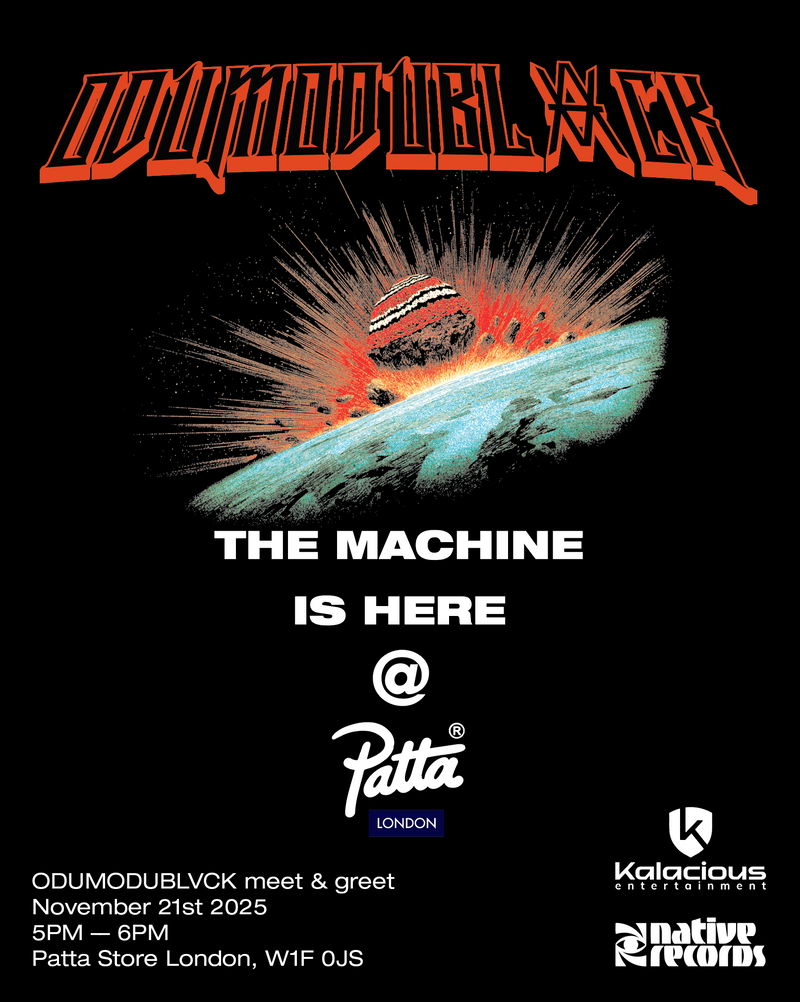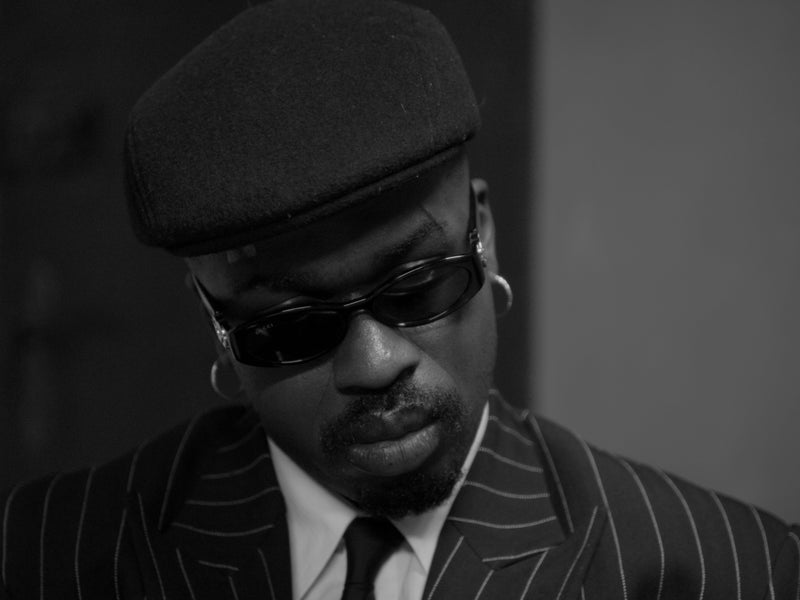
Get Familiar: Femke Dekker (Loma Doom)
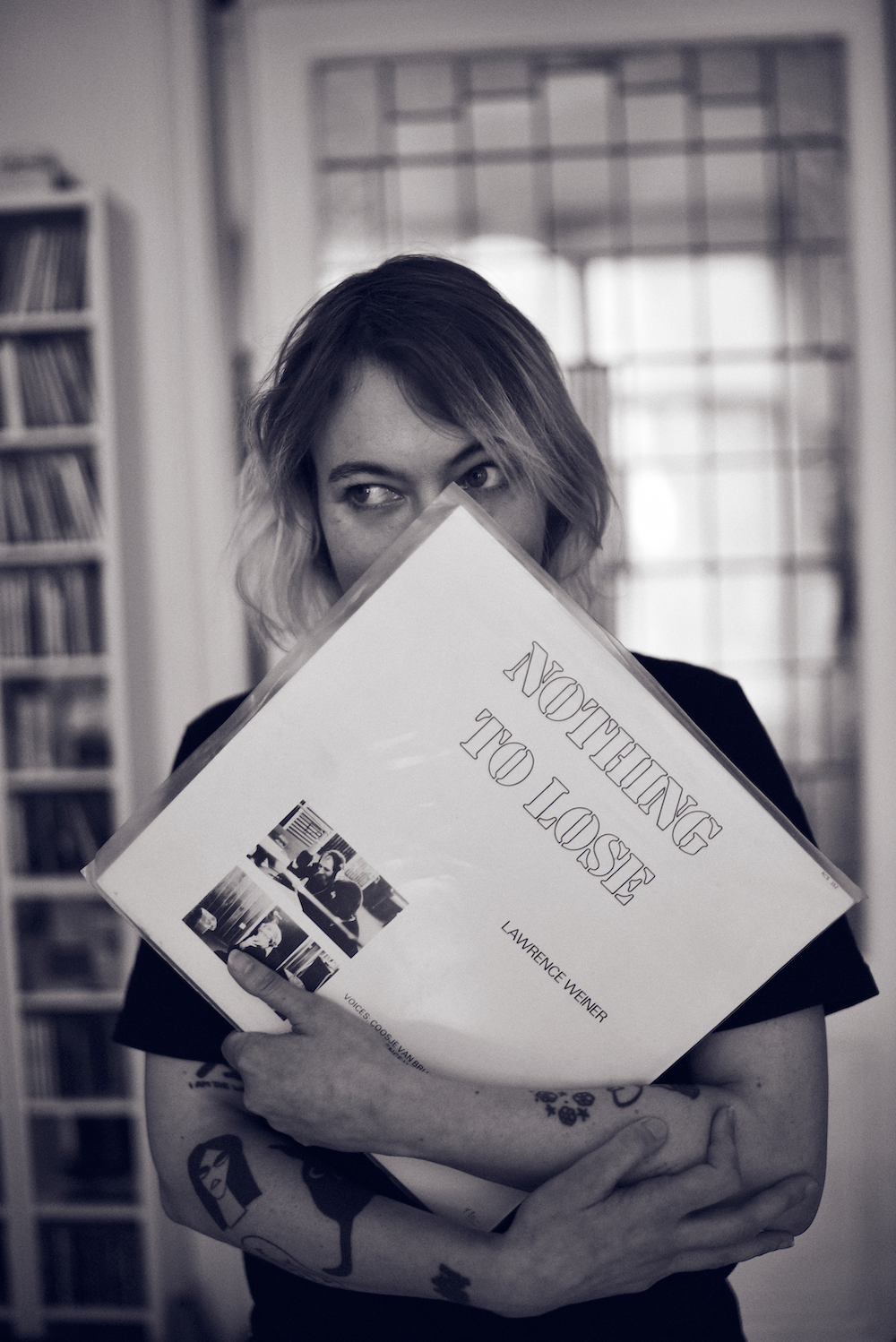
Photography by Jascha Schandles
Femke Dekker is one of the most active people within Dutch creative circles. From her countless radio shows to her work as an educator, practising sound design and beyond, the artist also known as Loma Doom is an unrelenting force that we want you to get familiar with. She has been a contributing musician to our latest adventure with Experimental Jetset, crafting a mixtape that encourages exploration.
You are also an educator, why is passing on knowledge between generations so important to progression?
Taking my cue from bell hooks ‘Teaching to transgress’ and Stefano Harney and Fred Moten’s ‘The Undercommons: Fugitive Planning and Black Study’ for me being an educator is not so much about passing knowledge but about creating a space of freedom where learning takes place collectively. I can learn as much from my students as they from me. So for me (arts)education is about facilitating a space for dialogue and experimentation where we make meaning with eachother. And yes, that goes beyond and between generations. It’s about tuning in to one and other, which is probably why for me the space where education “takes” place and the space radio occupies are very much related.
Are you really a daughter of darkness?
Yes. I love the cloak that the night or darkness provides me. And for me the underground or counterculture is always part of that darkness, whether it’s music or art. A place that allows us to develop and experiment on our own terms and under our chosen conditions. I also like a good horror movie, corpse paint, Halloween and have an unhealthy obsessions for anything cult-related so I guess that would also fit my daughter of darkness moniker.
You recently opened a show at MOKUM KRAAKT’s new location, what did you provide them with and can you let us know more about the movement?
Mokum Kraakt is a collective of a new generation of squatters, addressing the housing inequality in Amsterdam through their actions. From October 28-30 they organized a group show in their newly squatted Het Monument on the Nieuwezijds Voorburgwal 302, in the heart of Amsterdam. I was one of its participants and showed part of my work called RE:ACTIVATE, which investigated the reciprocal relationship between radio and activism. The work consisted of amazing squatters posters from the archive of the International Institute of Social History and an audio series on Archivism and Activism. The series was developed during my residency for Open Archief and was shown at Het Nieuwe Instituut in Rotterdam, but that was in the middle of the pandemic so really happy that it got show at Het Monument. First because it finally had an audience but secondly and more importantly because the context was so fitting. It’s really time that Amsterdammers take back the right to their city and actively address the social and cultural inequalities as a result of 20 years of neoliberalism.
On the Patta x Experimental Jetset project, you have compiled a mixtape for those who make it to the pop-up, what sort of sounds feature on this tape?
The mixtape is very much a collaborative effort between Patta’s own Vic Crezée, Experimental Jetset and myself. Focused on the theme of the wanderer the tracks range from classics such as ‘Down on The Street’ by the Stooges, oddities such as Fluxus artist Willem de Ridder’s ‘The Walk’ and new sounds like Metal Prayer’s ‘Night Walk’. It literarily sends its listener walking. Through the city, on a misty morning walk or a moody nightcrawl. The music accompanies you and creates it own sound-piece with all the urban sounds around you mixing in with the tunes.
How does psychogeography affect your life and do you practise this yourself too?
For me the Situationist and Lettrists notions of psychogeography are directly related to the work of bell hooks and Moten and Harney I mentioned before. Its about finding a way through and navigating the structure of the environment around you on your own terms. And when you insert the notion of drifting it allows for unexpected interactions, with others, human or non-human and building new networks. I think I practice it on a subconscious level but when you look at the topics my works deals with or the people that I work with, it is there. I also really love to get lost on a full moon night walk in Amsterdam.
What does the name Loma Doom mean to you?
I love using monikers. For some reason it allows me to make things sharper when wearing my Loma mask. It gives me more freedom in a way. Also my own name has too many ‘e’s to my ear. The origin of the name actually lies with Lorna Doom, the bass-player of The Germs who passed away not too long ago. I was reading a piece about her, and because the ‘r’ and the ’n’ were so tightly kerned, I read Loma instead of Lorna and so my new artist name was born.
Radio or Raving?
Raving Radio
You are a key member of countless radio platforms in the Netherlands, can you tell us a bit more about some of the spaces you host. What do your multiple radio residencies allow you to do and how important is community radio?
I currently have three residencies; Daydream Nation on Utrecht’s Stranded FM, Helter Skelter on Radio Tempo Não Pára and Left of The Dial on Echobox and then guest appearances on stations such as Future Intel, Mutant Radio and most recently on Kyiv based Gasoline Radio. I think a recurring thread through all my shows is a sense of curiosity for everything left field. Daydream Nation explores the state between wake and sleep in a more ambient way, Helter Skelter is def a representation of my love of dark beats and electronics and Left of The Dial is a talk show where I invite broadcasters to come talk radio on radio. I love what radio brings in sense of community. I have radio families and alliances all over the world and we all connect through this amazing medium.
What projects have you been working on that we can see in the upcoming future?
Last year I decided it was time for real change and enrolled in the Education in Arts Masters program at the Piet Zwart Institute in Rotterdam. It really paved the way for me fully embracing my artistic practice in sound. So currently I’m heavily involved in researching listening as an artistic practice. Based on the work of the amazing Pauline Oliveros I’m following her statement of listening as a call to action. Its manifesting itself in different ways but one of them being an investigation into what a clubnight can be other than raving at 180bpm. It will be held on December 17 at The Grey Space In The Middle (The Hague) and will be called ‘Ceci N’est Pas Un Rave’. Really exited about that one.
And then on November 17 I’m presenting ‘Right To The City Walk’ at San Seriffe bookstore. It’s a collaborative project with Werker Collective (Marc Roig Blesa and Rogier Delfos), where we created an audio-walk through Amsterdam based on interviews we had with people who are all in their own way connected are involved in battling the Amsterdam housing-crisis, as artists, as film directors, as squatters. Talking about psychogeography….
What earlier adventures in audio lead to you becoming a sound practicioner?
The answer is once again radio. In that sense radio allows for more freedom than clubs gigs do. They are the ultimate zone for sonic experimentation, for finding your feet as a DJ/ broadcaster, for allowing to explore the outliers of your own sonic narrative. It has been such an empowering medium. I think especially for women and/or other unheard voices. I have met and seen so many amazing DJ’s in the last ten years that all had their comeuppance through radio.
How meditative is the creation process to you?
Very. Especially because my creative process leans heavily on improvisation. So there will be a basic structure from which I depart but I let time, space and the tuning in take over when in the “zone”.

